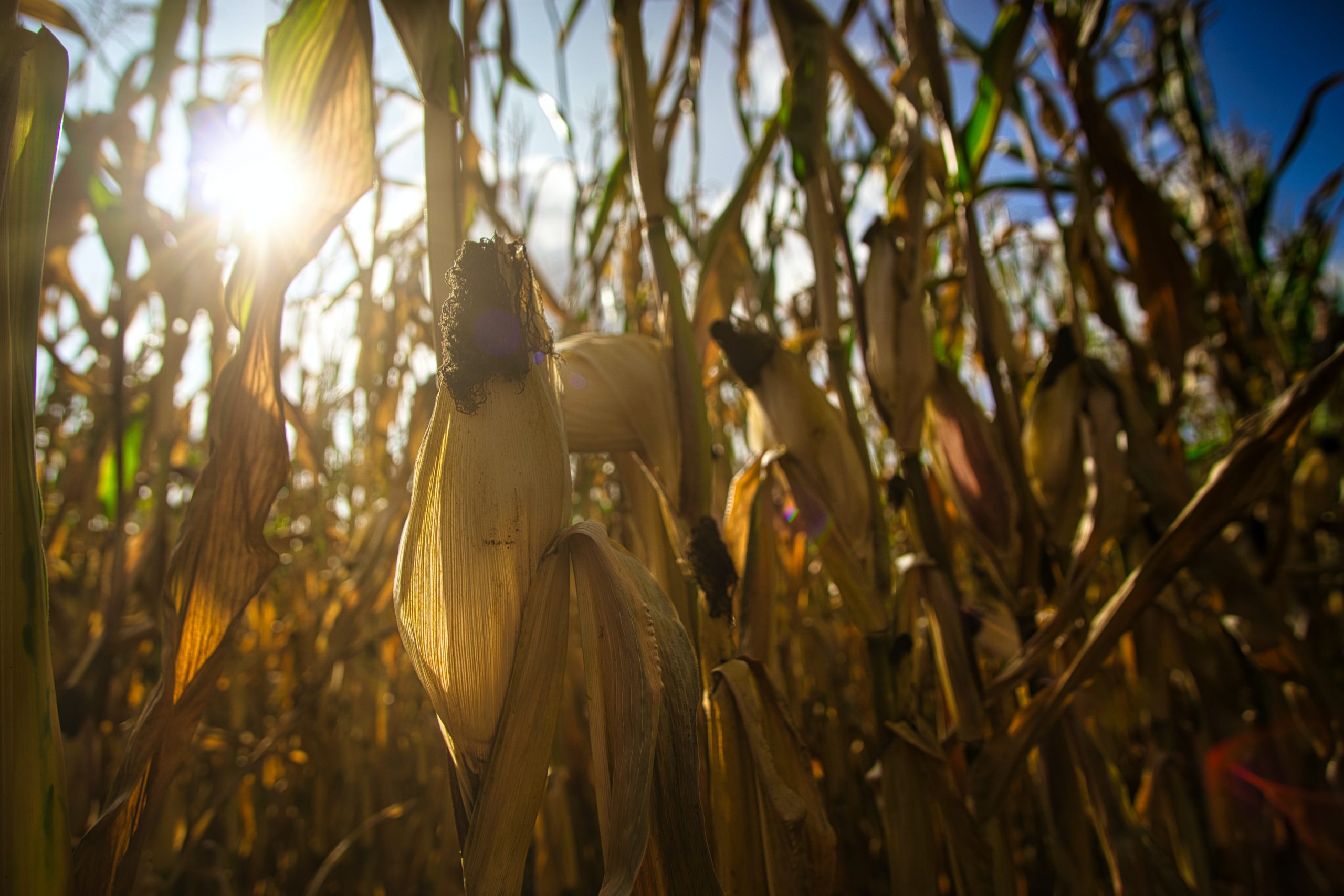03 Aug Optimising national food supply while alleviating global food system strain
An article in Nature has explored how China’s soy and maize production could be optimised to see a range of benefits, from productivity gains, to reduced environmental impacts and alleviating strain on the global food system.
Approximately 66% of internationally traded soy heads to China, significantly bumping up transport emissions and straining the global food supply chain. To find an alternative scenario, data was collected from 1,800 counties across China to determine the impact of optimising local maize and soy production systems. The yield achieved by the top 10% of producers in each county was allocated to the rest of the county to determine the possible output under these conditions.
If China were to achieve these optimised conditions, it could produce 100% of the maize and 45% of the soy it needs by 2035 without increasing the cultivated land producing these crops. Positive environmental benefits would also be found including a reduction in nitrogen fertiliser use (26%), nitrogen losses (28%) and greenhouse gas emissions (19%).
Optimising our food production through the best use of our land area sees benefits that expand further than simply increased productivity. A key aspect of this study was the use of highly localised county data, enabling more accurate simulation of yield potential. This is a level of resolution not available for all crops in all global regions, but gives their approach great value. There is the opportunity to extend this approach to other crops and identify the nutritional implications of optimised crop yields.
As growing stress is placed on the global food system to supply food for our population, it will become increasingly important for countries to optimise their own food production systems. Exploration and modelling of land and food production optimisation will play a key role in directing the future of sustainable agriculture.
In addition, to truly optimise the global food production system it will be important that food production in regions that are able to produce certain foods at higher levels of efficiency, with lower environmental impacts, are able to produce and supply that food to less efficient regions. As well as creating environmental benefits, such inter-regional movement of food will be essential for food security and coping with disruption to local supply as a result of disease, pest and weather events.
Photo by Joran Quinten on Unsplash






